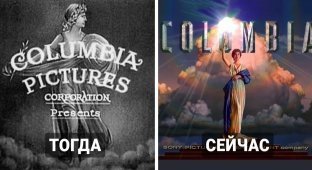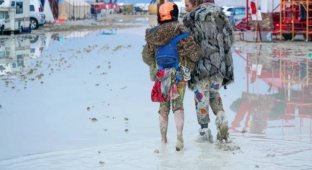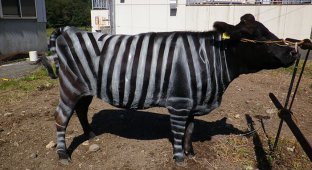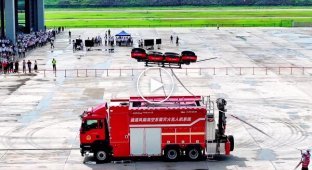Unusual and Interesting Photos from Around the World Taken in the 20th Century (21 photos)
I invite you to journey through the pages of the 20th century through a new collection of colorized photographs from around the world. Careful colorization brings black-and-white chronicles to life: clothing becomes vibrant, landscapes three-dimensional, and faces surprisingly intimate. 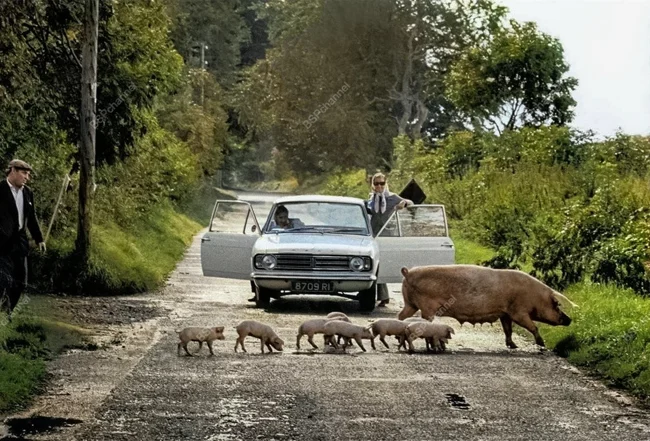
Mrs. Merle Vachel driving with her little half-brother, his nanny, and her dog. Montreal, Canada, 1906. 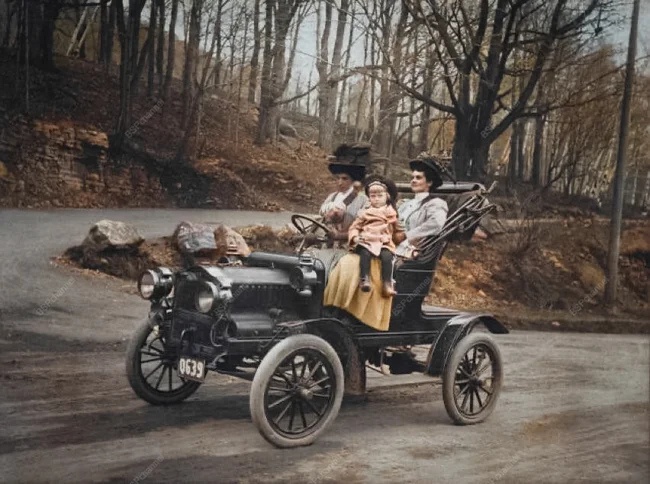
At a festival commemorating the 2500th anniversary of the Persian Empire in Persepolis, Iran, 1971. 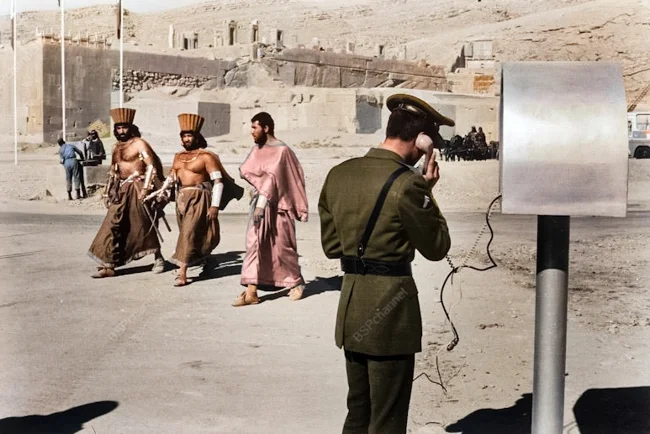
Photographer: Elliott Erwitt
The festival, dedicated to the 2,500th anniversary of the Persian Empire, was held in 1971 in the historic city of Persepolis, the ancient capital of the Achaemenids, in southern Iran. It was one of the most grandiose and lavish events of the century – a political show intended to glorify the thousand-year-old Persian state and bolster the prestige of Shah Mohammad Reza Pahlavi.
Statesmen, royal families, and aristocrats from around the world were invited to the celebration. Representatives from 56 countries arrived, including the USSR.
A luxurious camp in the desert was built for the guests—an entire city of snow-white tents equipped with air conditioning, marble floors, and chandeliers. Every element of the interior was designed in the style of the Persian Empire, but with modern comforts.
A renowned Parisian chef presided over the meals, serving dishes on gold plate: sturgeon, veal, truffle delicacies, and signature desserts.
The purpose of this entire celebration was for the Shah to demonstrate that Iran was not just a Middle Eastern country, but the heir to a great civilization that had existed continuously since the time of Cyrus the Great (6th century BC). The festival was an attempt to combine ancient heritage with modernity and present Iran as an advanced secular state.
However, behind the parade of grandeur lurked contradictions: the country's people lived in poverty, political repression intensified, and dissatisfaction with the monarchy grew.
Today, this festival is often remembered as a symbol of the Shah's regime's detachment from reality. Its excessive luxury contributed to the rise of anti-government sentiment and became a culminating point in the 1979 Islamic Revolution.
African runner Mathias Kanda from Southern Rhodesia (now Zimbabwe) races a steam locomotive, 1968. 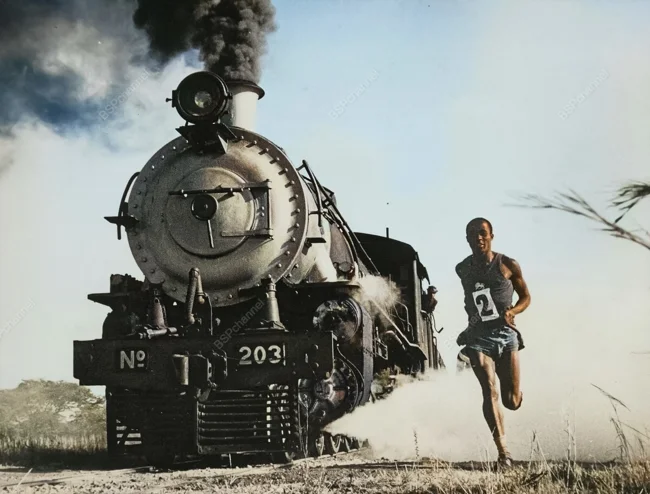
Photographer: David Paynter
During his training, Kanda chose an unusual "sparring partner" – a passenger train running between Gweru and Selukwe. He ran along the tracks, matching his pace to the train's, and, according to legend, never fell behind. The famous 1968 photograph of Mathias Kanda running alongside the locomotive was taken by photographer David Paynter and became the Associated Press's "Photo of the Month" for June of that year. Before the Mexico City Olympics, Kanda was considered a top medal contender and a serious rival to the legendary marathon runner Abebe Bikila. However, he never made it to the Games: the entire Rhodesian Olympic team was disqualified due to the racial segregation policies of the then regime.
Ireland, 1963. 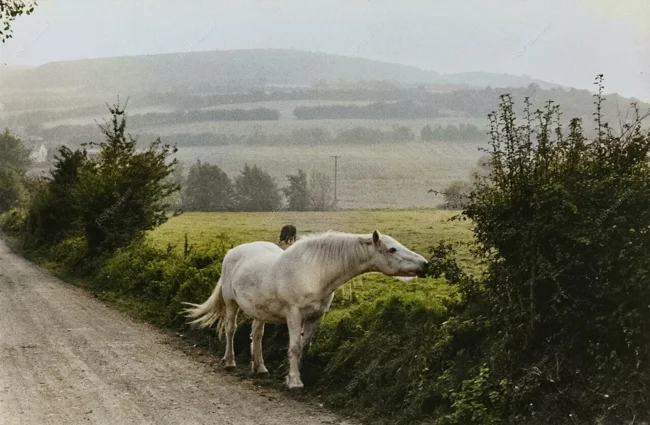
Photographer: Henri Cartier-Bresson
Construction of the Latakia-Aleppo-Qamishli railway with technical assistance from the Soviet Union. Syrian Arab Republic, 1975. 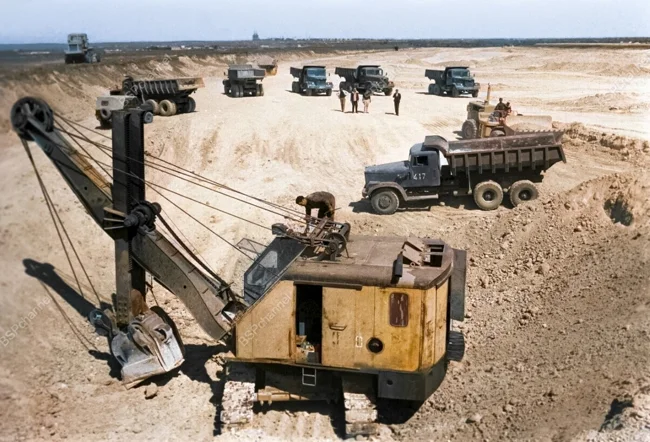
Photographer: Valery Shustov
Haidar Khan Mosque. Smaller Dome. Iraq, Baghdad, 1932. 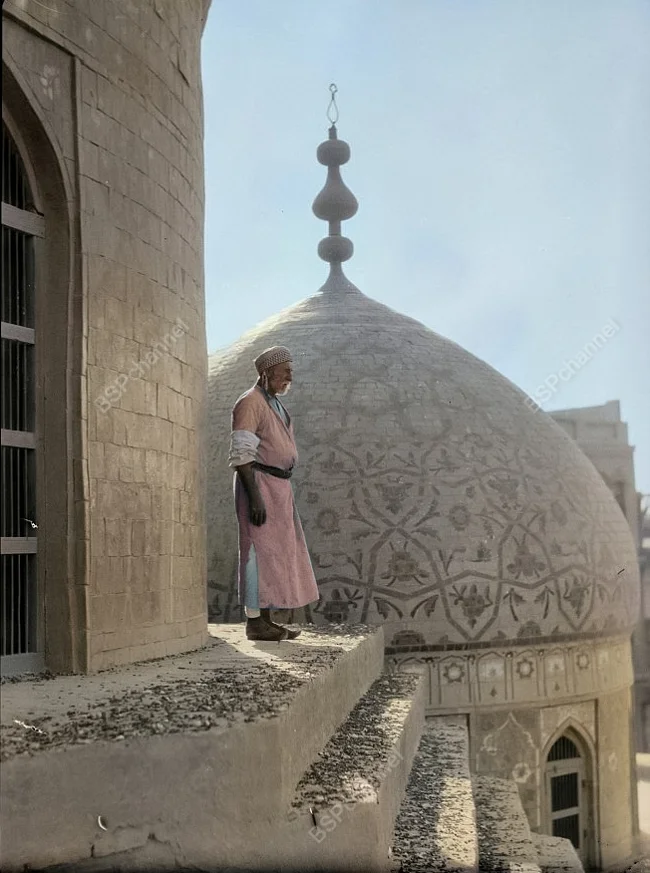
The mosque is one of the most iconic and recognizable historical landmarks of Baghdad. Northern Rhodesia (Zambia), 1931-1932. 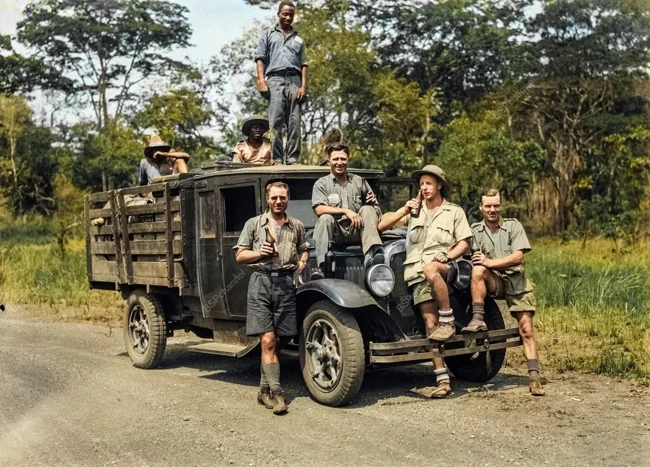
In the early 1930s, Northern Rhodesia, a British protectorate (modern-day Zambia), was deeply dependent on the colonial economy. Its resources—primarily copper—were actively exploited for the British Empire, forming the so-called Copper Belt, stretching between Northern Rhodesia and the Congo. Against the backdrop of the Great Depression, the 1930s were a time of severe hardship: falling commodity prices, declining wages, and harsh working conditions in the mines. Nevertheless, the mining industry continued to grow, attracting thousands of workers from neighboring territories.
Coffee plantation worker. Brazil, 1936. 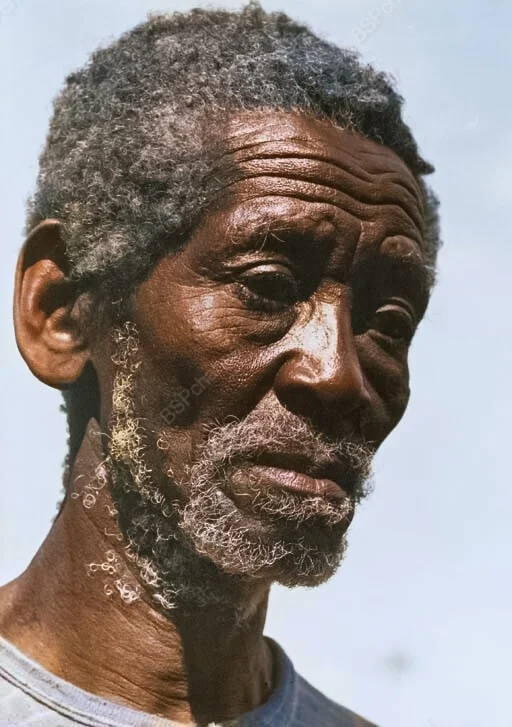
Photographer: Margaret Bourke-White
In the 1930s, coffee remained Brazil's "black gold," providing the country with its main income and influence in the global market. Plantations, especially in the states of São Paulo and Minas Gerais, occupied vast territories and required the manual labor of thousands of workers—often the descendants of former slaves or the poorest sections of the population.
Camel cavalry unit, near Damascus. Syria, 1940. 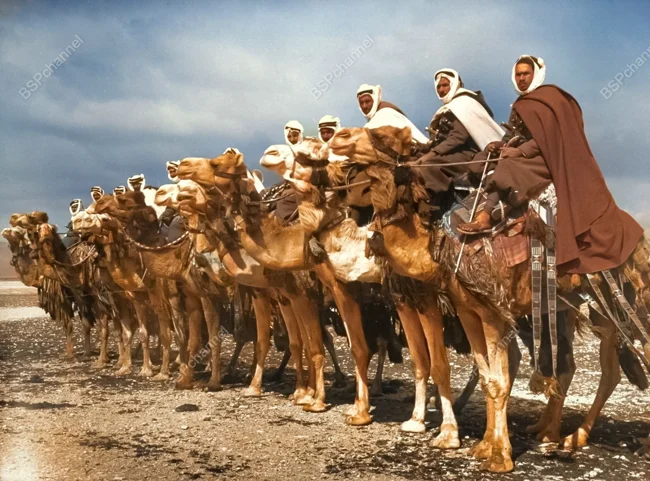
Doukhobor workers at the CCUB brick factory in Grand Forks, British Columbia, circa 1915. 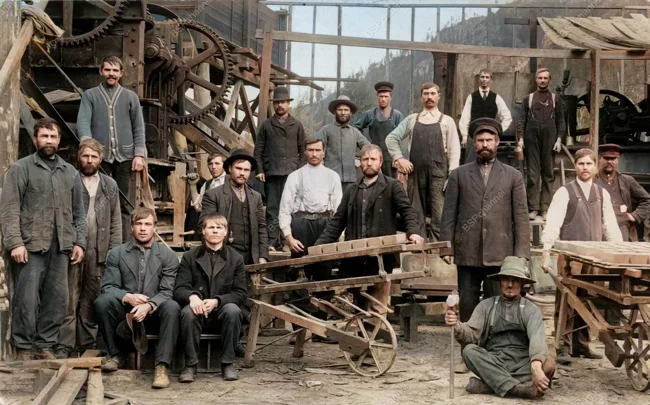
The photograph shows a group of Doukhobors, lay sectarians who immigrated to Canada seeking religious freedom and military service avoidance. Around 1908–1912, thousands of Doukhobors settled in British Columbia, where they received land grants from the Canadian government. By 1915, they were actively developing their new homeland: building houses, cultivating the land, and establishing communal farms.
British Columbia, Canada, 1960s. 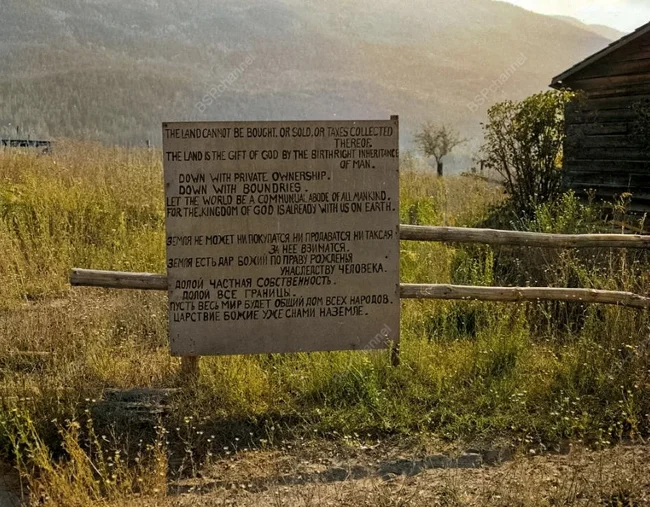
Mali, 1985. 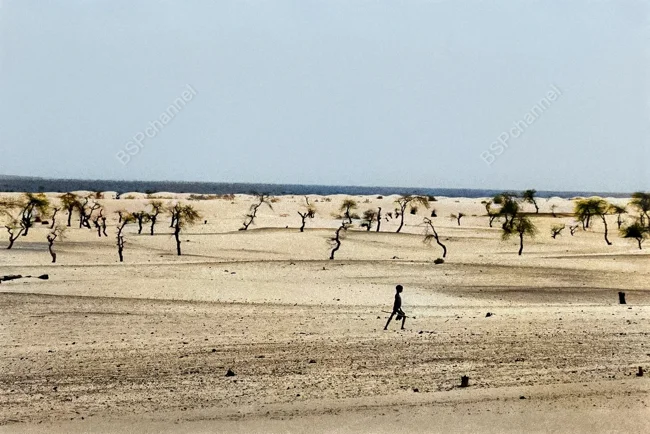
Photographer: Sebastião Salgado
The country suffered the effects of the drought of the 1970s and 1980s, which devastated the Sahel pastures and led to mass famine, displacement, and ecosystem degradation. In 1984–1985, the humanitarian crisis reached its peak: millions of people needed food aid, prompting a large-scale international campaign.
Easter Island - Rana Raraku volcano, Easter Island (Chile), 1953. 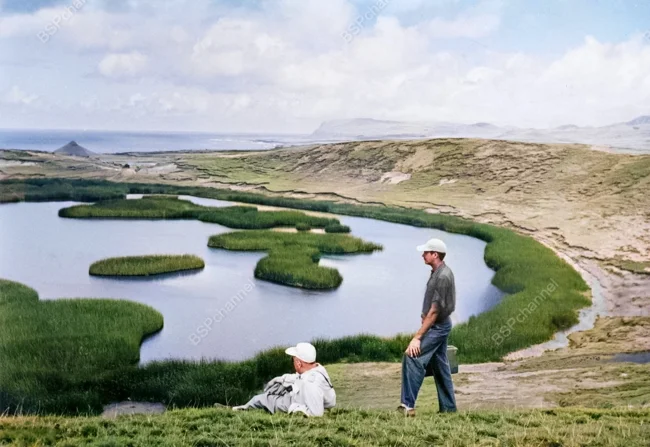
Photographer: Reverend Stockins
Maasai. Tanzania, 1930s. 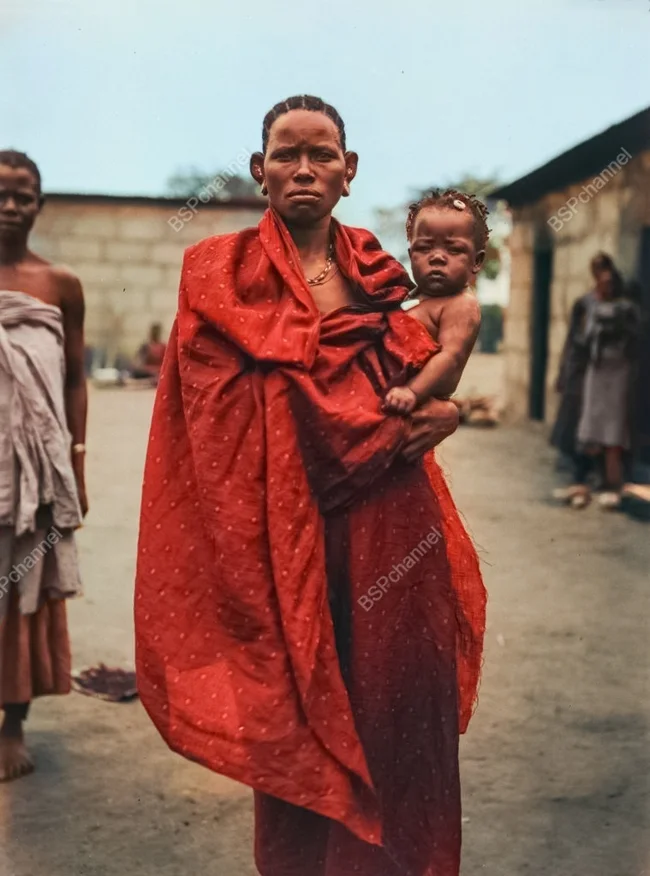
The Maasai are one of the most famous tribes of East Africa, living in the savannas and semi-deserts on the border of Tanzania and southern Kenya. A semi-nomadic people, they have maintained a pastoral lifestyle for centuries. Their primary wealth is their livestock: cows provide milk and blood (which is drunk for ritual purposes), and are used as a measure of wealth and dowry. Agriculture plays a secondary role—the Maasai consider themselves lords of the livestock, not farmers. They live in enkama (penned villages), consisting of round huts made of clay, dung, and straw, built by women. Men are responsible for protecting the community, the herds, and hunting. They wear bright red clothing (shumba) and adorn themselves with beads. Their tall stature, upright posture, and traditional leaps during dances—all this makes the Maasai recognizable.
Ireland, 1971. 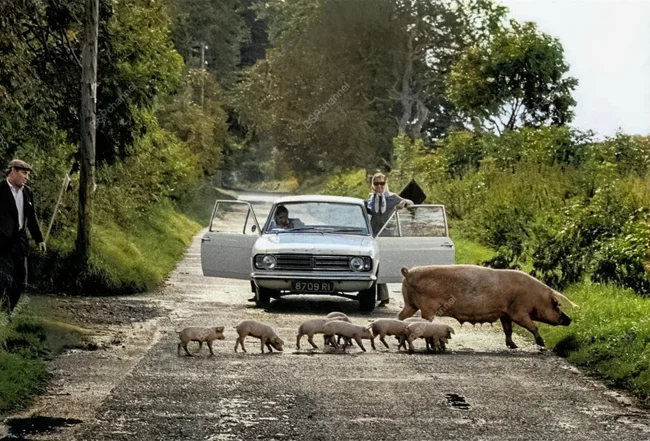
Photographer: Elliott Erwitt
Heather Haywood of Narromine and Anne Tweedie of Wolgan Valley at the Royal Easter Show with giant 'Bugle Gramma' pumpkins. 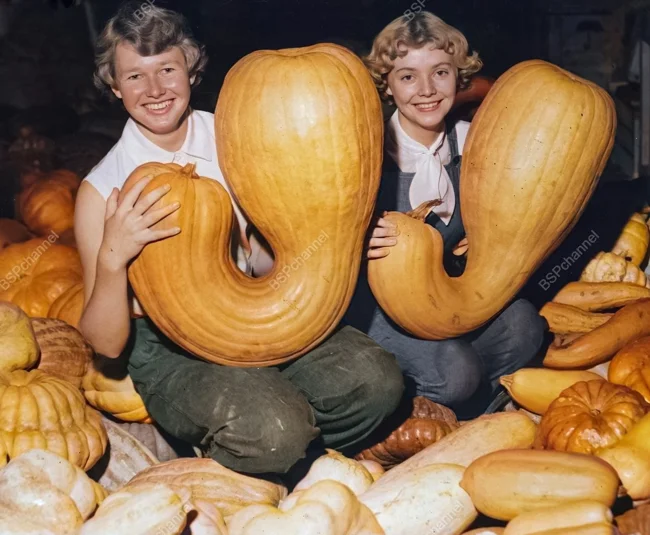
They were helping to stock the produce section. Australia, April 1958. Patzcuaro, Mexico, 1963. 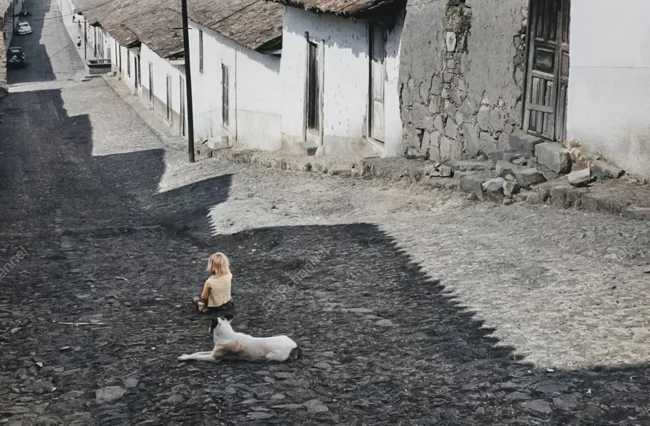
Photographer: Henri Cartier-Bresson
Rwanda, 1991. 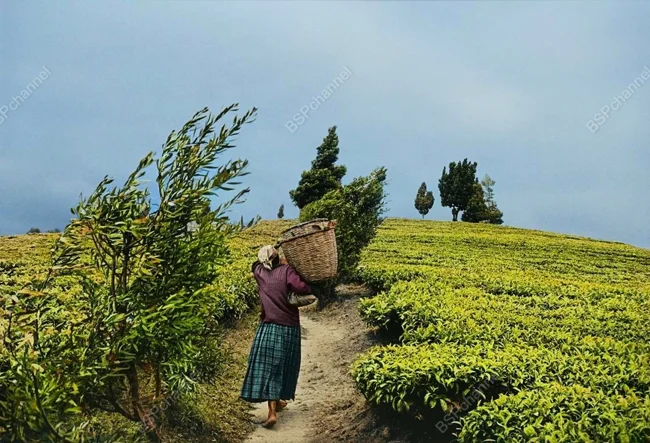
Photographer: Sebastião Salgado
Chile, 1971. 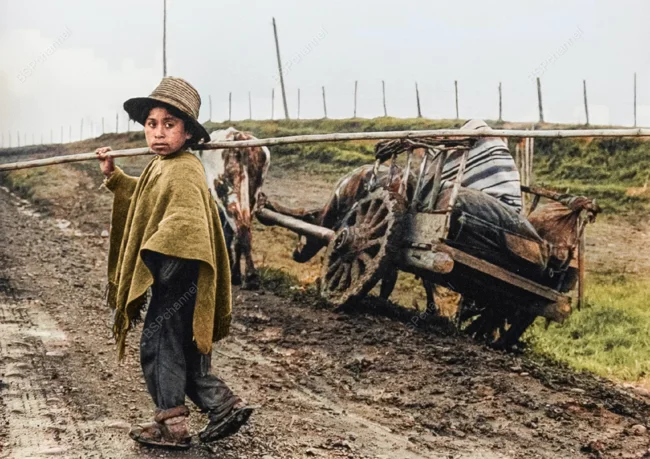
Photographer: Raymond Depardon
Radio-controlled model competition for the Trans-Tasman Aerobatic Demonstration Program. Australia, 1971. 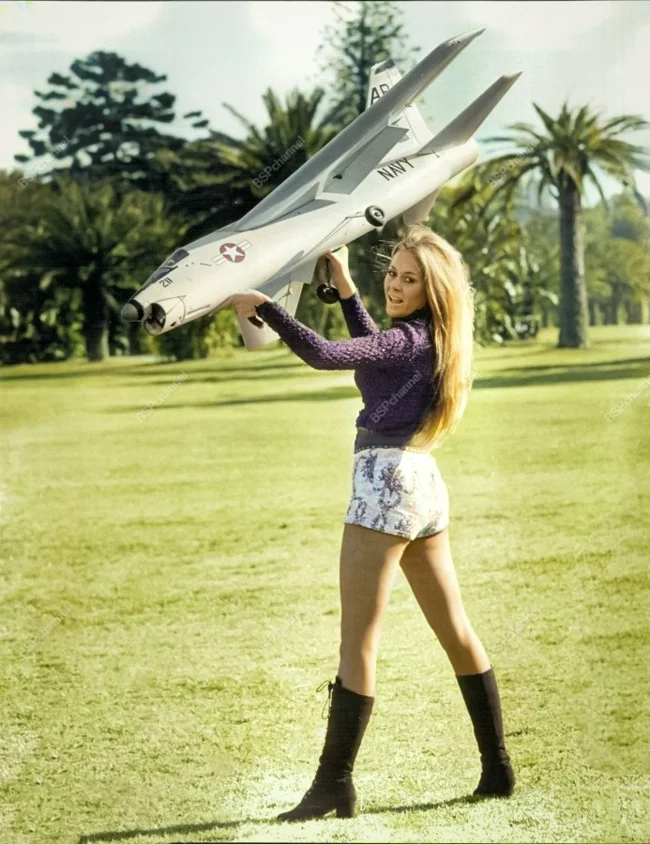
Photographer: Russell McPhedran.














